If you have been a reader of Light Stalking for a while, you might remember that way back in 2012, I did a road trip across Europe from London to our home in Odesa, Ukraine.
During that trip I did several photographic stock shoots in some beautiful locations en route, including Budapest and the amazing Transfagarasan Pass in Romania. Despite having been a cruise ship photographer and visiting many places by sea, that road trip remains one of the best photographic journeys I have done.
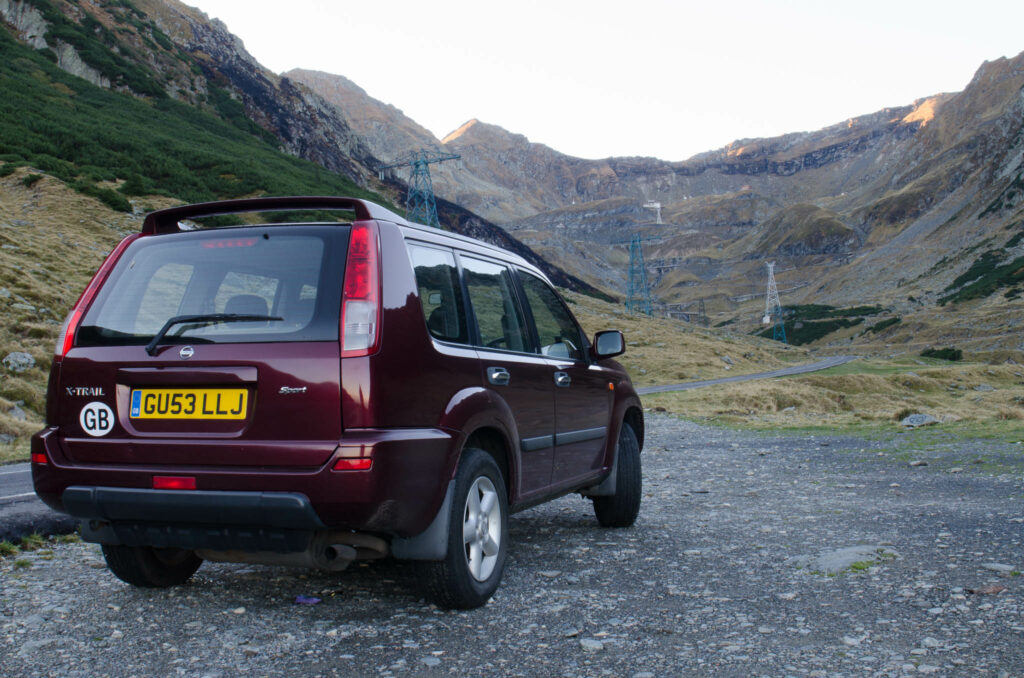
Now, it’s time for another trip this time for different reasons. As many of you may know, my wife and I have had to leave our home in Odesa. However we had to leave someone behind, now it’s time to get them.
That someone is our beautiful cat Kiki.
So in a couple of weeks, my wife will fly to Moldova, head to Odesa, and collect her. I will drive across Europe doing a photography road trip and meet her at the Ukrainian/Polish border.
But how to plan a photographic road trip? In this article, I will give you some of my ideas and thought processes.
The Romance Of a Photography Road Trip
There is no denying a road trip holds a lot of appeal. After all, Hollywood has spent decades romanticizing them. Add a photographic element to a road trip and to my mind, you have the perfect trip.
Being able to drive opens up so many locations that if not inaccessible, are hard to reach by public transport, especially in the golden and blue hours. Driving to them allows you to relax in the car until the light is perfect.
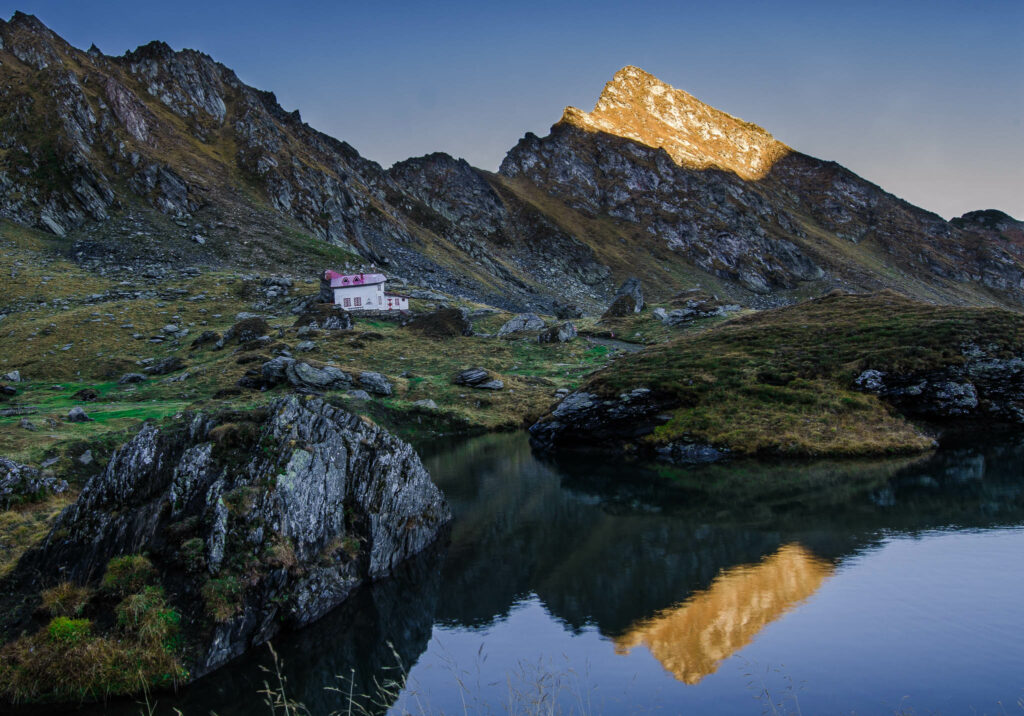
When you are driving and see something photogenic, you can pull over and shoot. Try asking a train driver to stop so you can photograph something! Not gonna happen!
But there’s more. A long drive through unfamiliar locations is inspiring. You start to see shots you might not have thought of normally. You will be relaxed, free from the stresses of your normal day, thus increasing your creativity.
Should You Be Fixed Or Flexible for Your Photography Road Trip?
This is an interesting question and one that is down to your personal preference. If you are introverted and dislike being out of your comfort zone then a fixed itinerary may suit you better. However, that inflexibility can put undue time pressure on you when shooting. It’s hard to shoot dawn if you know you need to be 200 miles up the road by lunchtime.
It can also lead to you missing some incredible photographic opportunities. On a fixed schedule you can be susceptible to “get there” syndrome. This is a condition where you are so fixated on getting to your destination, that you ignore the journey and its photographic possibilities.
I consider myself pretty introverted however, I much prefer a flexible approach with some structure. For this photography road trip, I know where I will start from, Dunkirk in France. And I know I need to be in Rzeszow, south-east Poland by the 16th of August to meet my wife. In those two weeks, I want to revisit Frankfurt, a place I struggled to shoot a few years ago, go to Auschwitz, a place I think should be seen, and spend some time in Krakow, a beautiful Polish city.
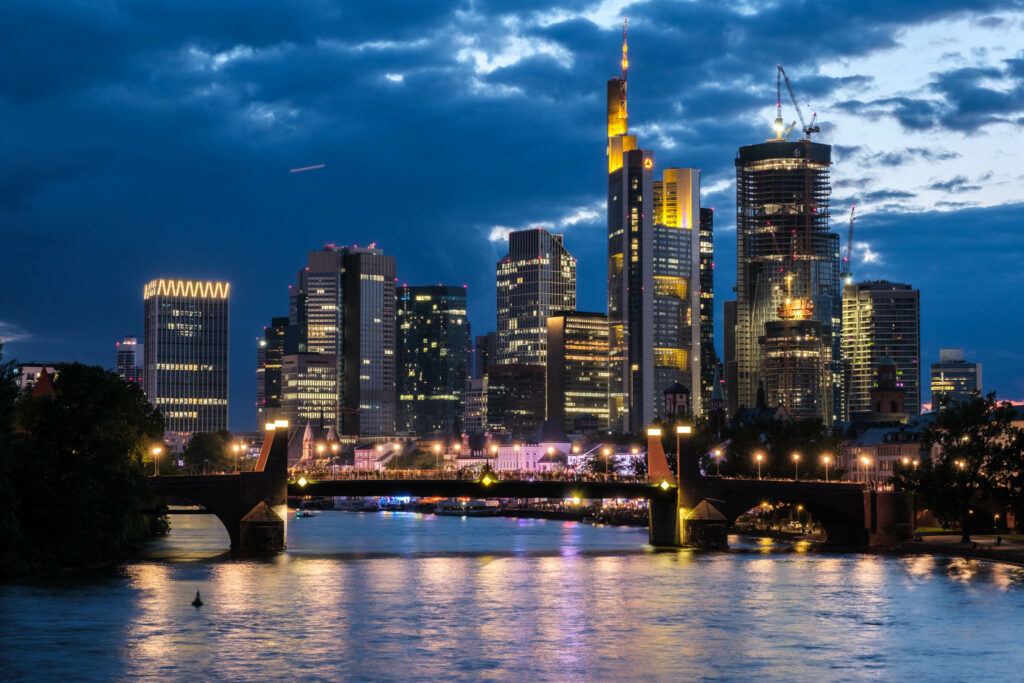
The timings and route however I have left flexible. This allows me to spend more or less time in a location and to add/subtract locations from the photography trip. A lot of people think that the best deals on hotels are two to three months before the trip. However, the very best deals, if you are flexible and not fixated on a specific hotel can be had in the days before your stay. This is a real bonus to photographers on a road trip as it allows us to maintain that flexibility, but also keep costs down.
“Travel and photography have always been intertwined. I think we have such a brief amount of time in this world that I can’t think of a better use of it than to travel, to photograph the world, to experience life in different places. To me, there’s nothing more important than that.” – Steve McCurry
Planning And Timing Your Road Trip
My photography road trip is pretty much dictated by European animal health rules. We could only collect Kiki 90 days after a negative rabies test. That means an August trip.
This however is quite good.
The weather should be generally in my favor as a photographer and the golden/blue hours are a little more respectable than in June and July. Planning and timing are important. Whilst I talked about flexibility in your itinerary, you should also pre-plan some of the locations that you intend to visit.
These days, photographers have a vast array of tools to help us plan and execute shoots on a road trip. There are both Google Earth and Street View. Earth allows us to look at the wider picture in our scout for locations whilst Streetview will get us down into a 3D view of that location.
Websites like Photo Hound allow us to look for beautiful spots to shoot whilst the Photographer’s Ephemeris allows us to see how and where the light will fall in that location only any day at any time. A lot of these tools allow us to plan on the fly and remain flexible.
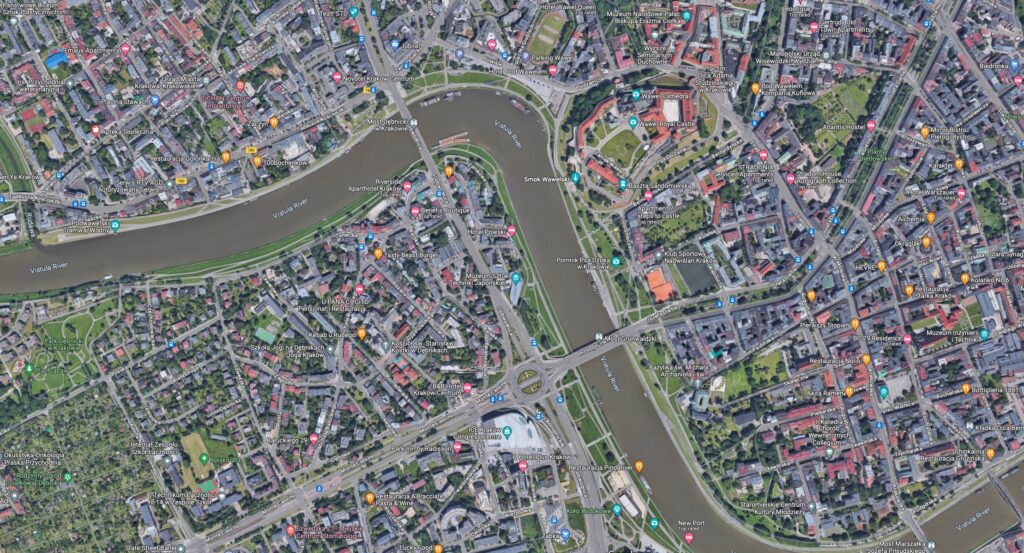
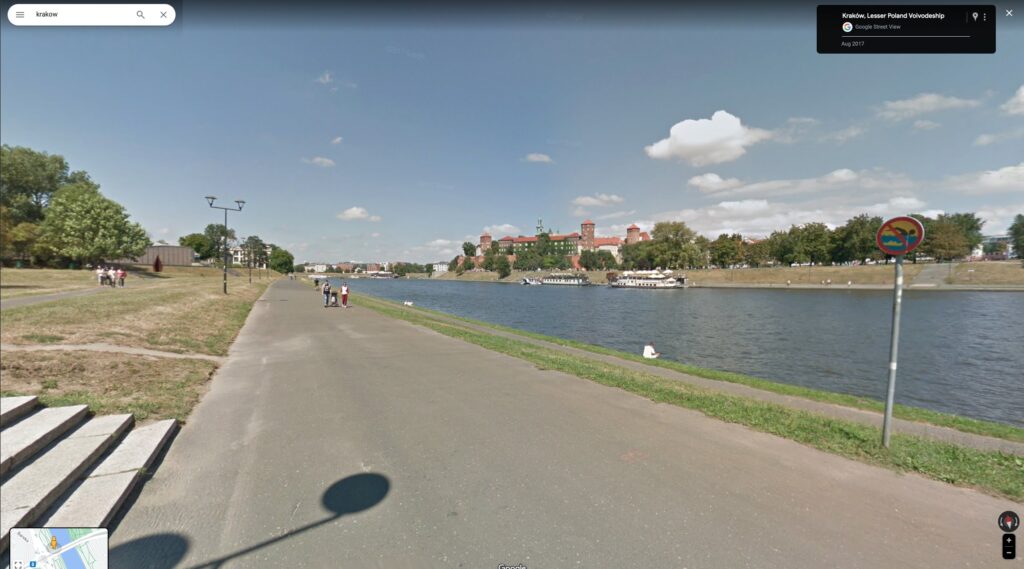
What Gear To Take On A Photography Road Trip
The beauty of going by car is that you are not restricted by weight or dimensions. That said, there are some considerations. For example, if you want to take a drone, you need to check each country's regulations to see if you can fly.
I am currently applying for a European drone pilot's permission so that I can take my drone.
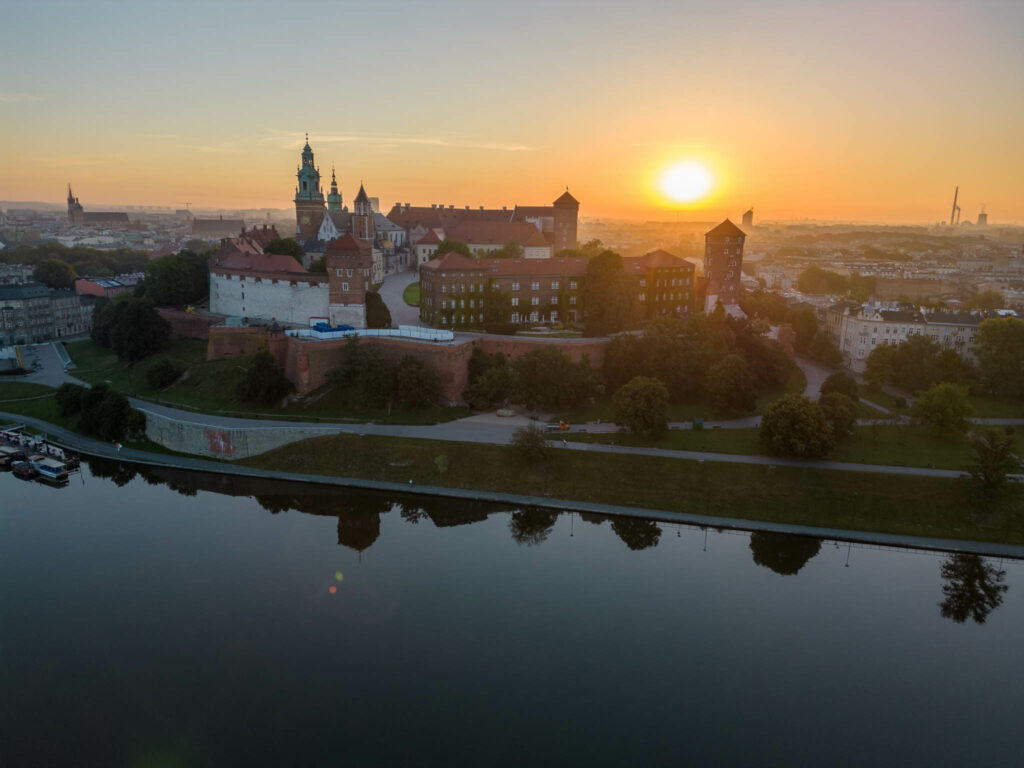
It’s much easier to carry bulky items such as tripods and gimbals on a photography road trip however, there are two things to consider.
- The first is to make sure that when you are away from the car shooting, no extra gear is visible in the car. Also, make sure all your gear goes into the hotel room with you at night.
- Secondly, to cover any potential loss, it’s well worth having dedicated photographic insurance coverage. Travel insurance will often only cover consumer cameras up to a limited value.
Road Trip Gear
| Spare Batteries | You will go through more than you think! |
| Tripod | You will almost certainly find a low light scene you want to shoot. |
| Hard Case | Not always necessary, but err on the side of caution. |
| Lens Cleaning Cloth or Kit | You are going to get your lenses dirty for sure. |
| Rechargers | You are going to be doing a lot of shooting. Make sure your battery chargers are with you. |
From One of My Older Road Trips!
A photography road trip can be one of the best ways to reignite your passion for photography and improve your creativity. The freedom to go where you want, when you want is hugely inspiring.
Whilst you should remain flexible, it's also worth having some specific locations in mind. Carry a laptop or tablet to plan en route and be prepared to make diversions to interesting locations on that route. When I return from this next trip, I hope that I can share some of the experiences with you.


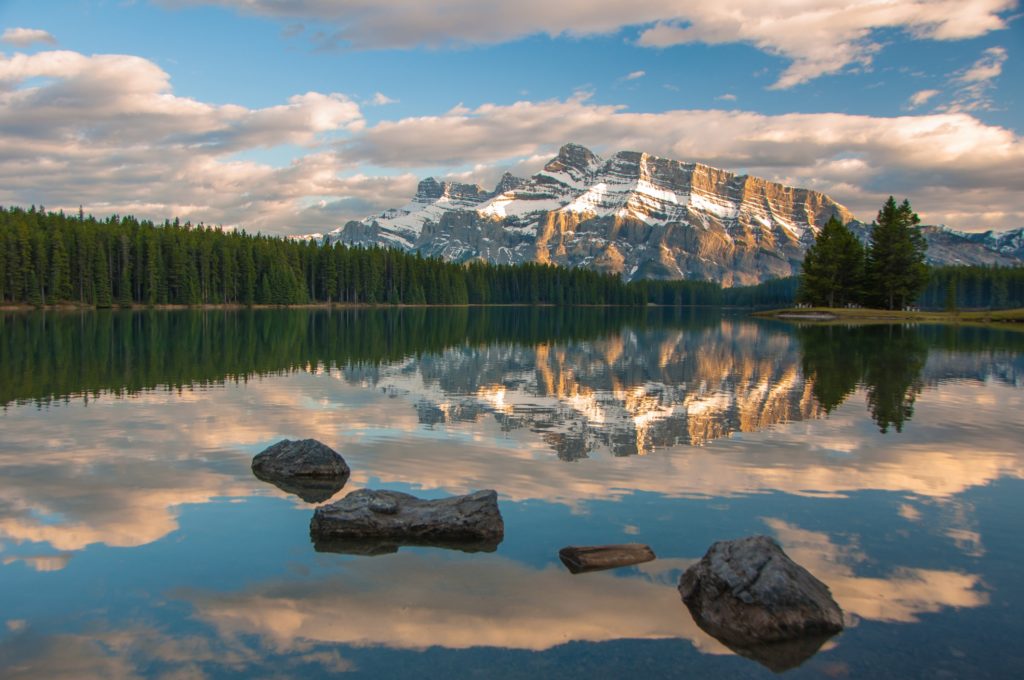
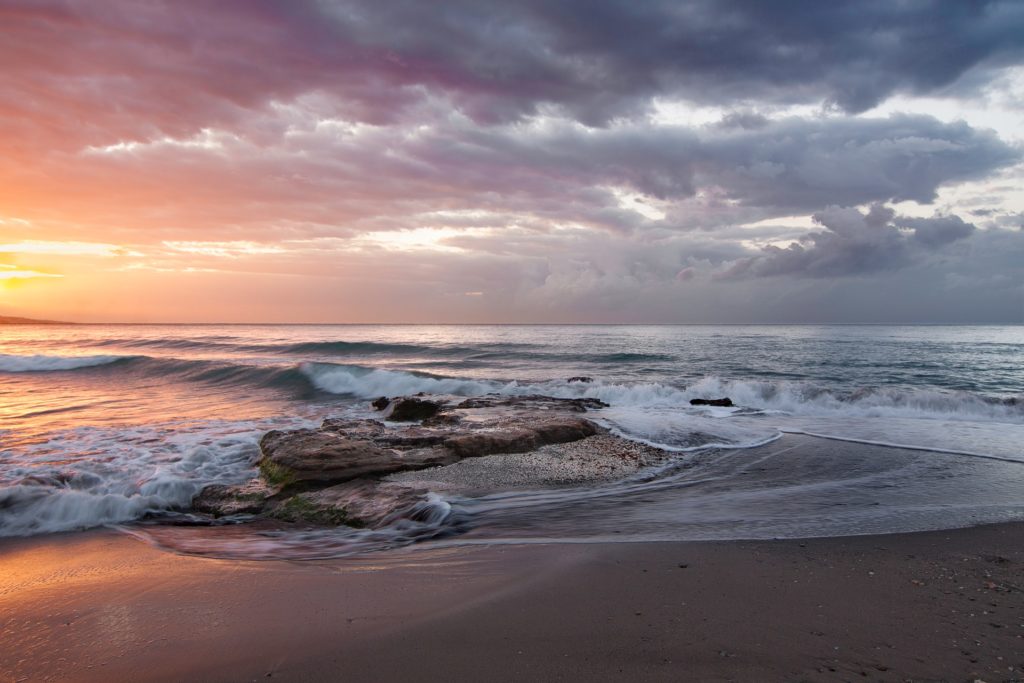
1 Comment
I wish you all the best on your travels. Travel photography is certainly a means to broaden ourselves and promote understanding amongst different peoples.